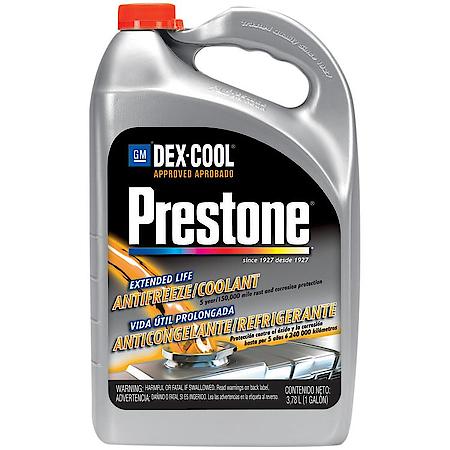

Very early in the development of engines, chemists began to modify water with added chemicals to make it a more suitable coolant. Related: Can You Add Water to Your Radiator in an Emergency? Water encourages corrosion (creates metal oxides or rust) with the materials commonly used in engines and radiators.And it can also freeze inside a radiator and easily destroy that costly part.
ORANGE DEX COOL COOLANT CRACK
This behavior can crack any engine cooled in winter with water alone.
Worse yet, when it freezes, it expands. Water has a freezing temperature of 32 degrees Fahrenheit which makes it unsuitable for engines used in most high latitude climates worldwide. But there are several problems with using water alone that made it then and even now less than the ultimate engine coolant. There is no question that these three factors made water the coolant of choice in the early 1900’s when engine-driven vehicles came on the scene. It is available virtually everywhere at a remarkably low cost. It has a reasonably high boiling temperature. That is, water can hold more heat per unit volume than almost any other fluid. It has a very high specific heat value. To fully understand the automotive coolants of today, we must first look at the qualities of the pure water once used for this purpose.įor cooling engines, water has some very positive qualities. Simply put, coolant is the liquid that functions to cool the engine in your car. The technical term for this blend is coolant. But the cooling fluid will not be just water but a blend of water and antifreeze. In the description above, “water” is the term used for the cooling fluid. An Important Caution with Pre-Owned Vehicles. 
What Can Happen if I Use the Wrong Type of Coolant?.#3 – HOAT (Hybrid Organic Acid Technology).






 0 kommentar(er)
0 kommentar(er)
